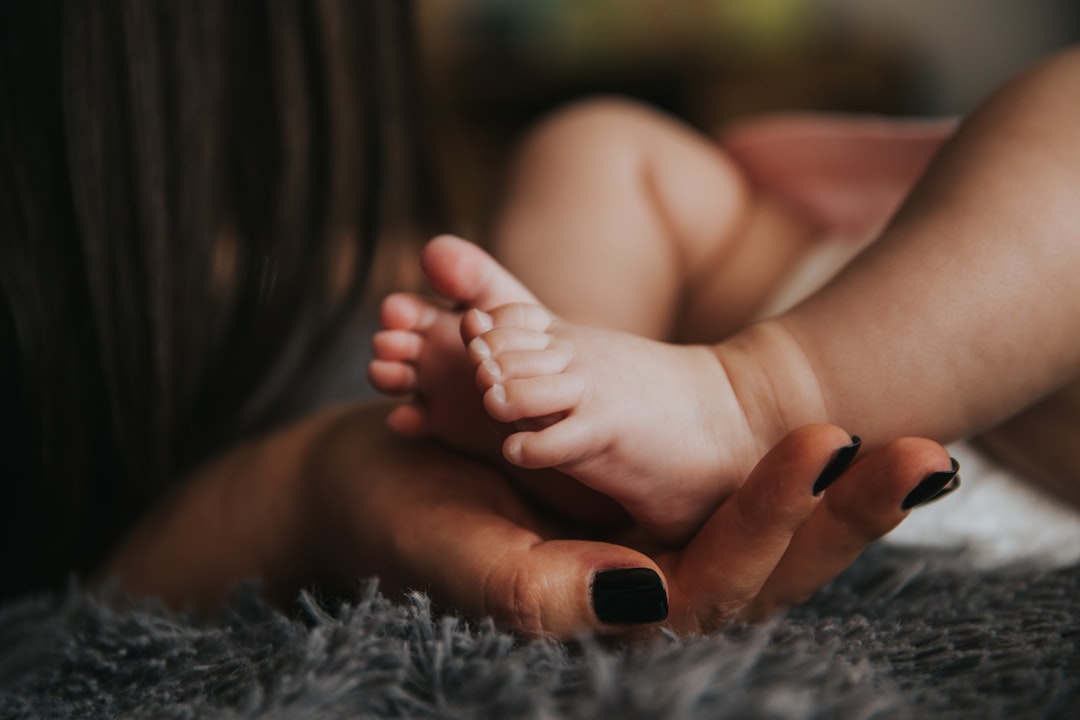What is it about?
Critically ill patients on life support systems could develop acute respiratory distress syndrome. One of the treatments to assist the patients with better oxygenation and survival is to place them in the face-down (prone) position for sessions of 16 hours. This is a lifesaving technique, but unfortunately, 25.7% to 48.5% of patients develop skin damage, such as pressure ulcers. The Skin Integrity Research Group at Ghent University, Belgium, in collaboration with a panel of experts, developed educational materials and simulation videos for clinicians with recommendations about the avoidance of skin and tissue damage. A website, the PRONEtect Education Hub, was developed and designed to host the content, with free user access, at www.pronetection.com.
Featured Image

Photo by Branimir Balogović on Unsplash
Why is it important?
Education is one strategy towards the prevention of complications of prone positioning. Accessible education could assist clinicians unfamiliar with prone positioning or current clinicians requiring refresher training to safely manage patients in this position.
Perspectives
From conceptualisation to execution, the development of the online PRONEtect Education Hub followed an intensive process that required human resources, equipment and time. Educational strategies were developed through international research and collaboration among experts and clinicians, who volunteered their expertise, time and funding, as well as support from partnering care providers.
Anika Fourie
Universiteit Gent
Read the Original
This page is a summary of: Development of prone positioning and skin damage prevention digital education: the PRONEtect project, Journal of Wound Care, September 2023, Mark Allen Group,
DOI: 10.12968/jowc.2023.32.9.570.
You can read the full text:
Resources
Contributors
The following have contributed to this page










